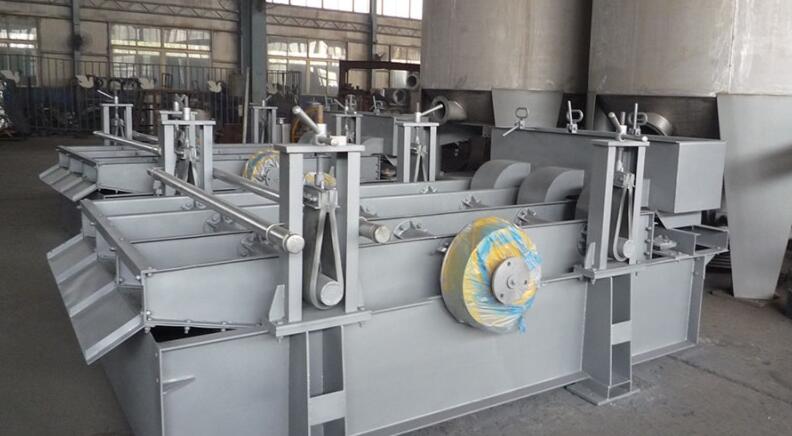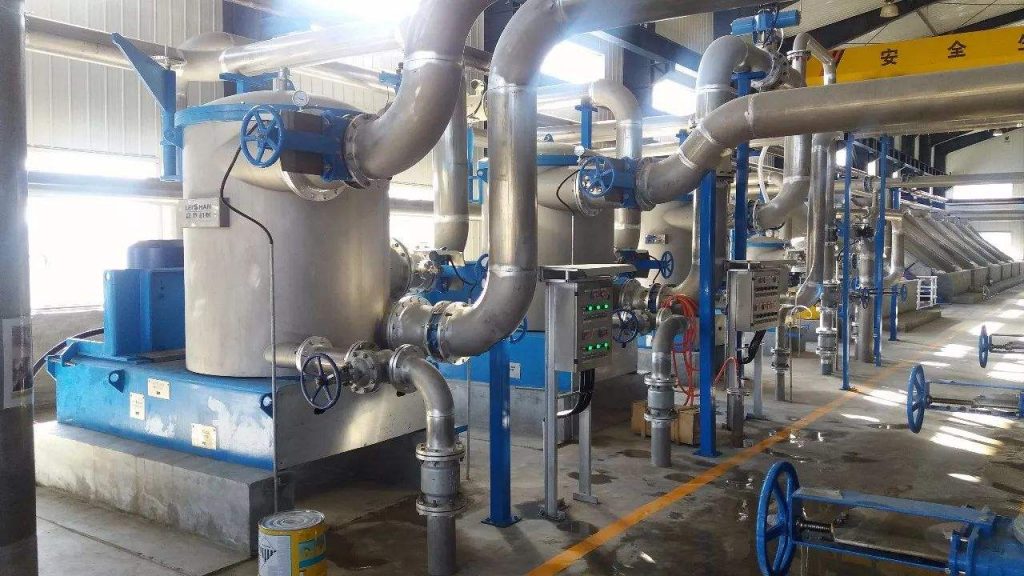Pulp Screening
The purpose of pulp screening is to remove the impurities to meet quality and normal production needs. Fibrous impurities include: wood chips, green sheets, grass joints, crude fiber bundles, and non-fibrous cells. Non-fibrous impurities include: sand, iron filings, crushed stone, cinder, and the like. The pulp screening requirements are high efficiency of screening and purification, less loss of tail slag, simple equipment flow, convenient operation and maintenance, and low power consumption.
The basic principle of screening is to use the static or dynamic pressure difference inside and outside the screen to separate according to the geometry of the impurities. The prerequisites and necessary conditions for screening: the pulp shall be fully diluted to make it free; the fiber layer is formed and destroyed (vibration or pulse)


Frame vibrating flat screen
Frame vibrating flat screen is the screening equipment that destroys the fiber layer formed on the screen plate through the vibration. And the fiber passes through the screen slots continuously. Screening is that the fiber forms on the plate and interfered by the vibration continuously. After the pulp is digested, the knots, green sheets, wood strips, and crude impurities such as sand and stone chips entrained with raw materials are removed in order to protect the equipment in the next step. This series of equipments have the advantages of high knotting capacity, low power consumption and small occupied area. It is one of the ideal screening equipment for coarse pulp.


Pressure screen
Pressure screen adopts the upward flow structure design of the bottom feeding, the bottom discharge of heavy slag and the top discharge of light slag. The light impurities and the air in the pulp rise to the top for slag discharge naturally, and the heavy impurities can fall down to the bottom as soon as they enter the equipment.
The working principle of the pressure screen is that the pulp enters a certain pressure screen in a tangential direction with a certain pressure. At each moment between the rotor and the drum, a positive pressure zone is formed in the front part of the rotor, a balance zone in the middle part, a negative pressure zone in the tail part, and a screen drum in the negative pressure zone. The outer good pulp is washed back and plays the role of self-cleaning to keep the screen slot unblocked. When the pulp leaves the wing tail, the negative pressure disappears, and the good pulp is driven by another rotor to flow out again, starting the next cycle. The slag falls into the lower part and is discharged through slag valve.
Pressure screen is divided into an inner flow screen and an outer flow screen according to different directions of pulp in the screen. According to the shape of the drum, it can be divided into round screen and slot screen. The slot screen can be further divided into smooth slot flat screen and slot wave screen. Nowadays, the slot wave screen is widely used.
Pulp screening is an essential working process in the high-value pulp production. Pulping producers have gotten increasingly reliable for pulp screening because of its efficiency, reliability and cost.

